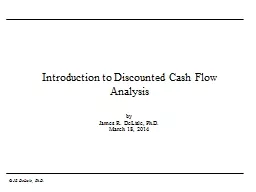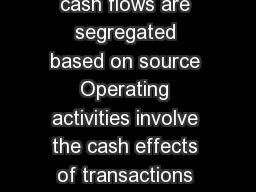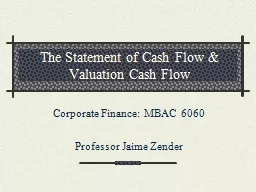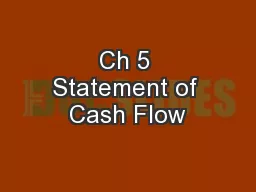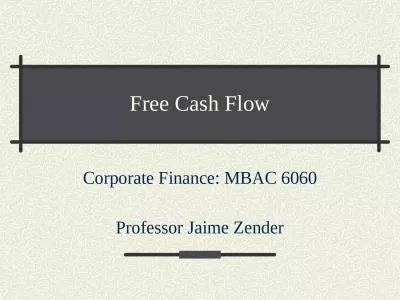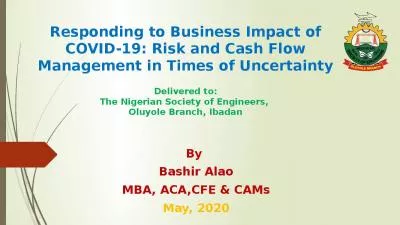PPT-Introduction to Discounted Cash Flow Analysis
Author : sherrill-nordquist | Published Date : 2016-07-04
by James R DeLisle PhD March 18 2014 Lecture Preview DCF Prelude Frontdoor Backdoor The Value Proposition Value gt Cost Land amp Hard Costs Unknown Fees Known
Presentation Embed Code
Download Presentation
Download Presentation The PPT/PDF document "Introduction to Discounted Cash Flow Ana..." is the property of its rightful owner. Permission is granted to download and print the materials on this website for personal, non-commercial use only, and to display it on your personal computer provided you do not modify the materials and that you retain all copyright notices contained in the materials. By downloading content from our website, you accept the terms of this agreement.
Introduction to Discounted Cash Flow Analysis: Transcript
Download Rules Of Document
"Introduction to Discounted Cash Flow Analysis"The content belongs to its owner. You may download and print it for personal use, without modification, and keep all copyright notices. By downloading, you agree to these terms.
Related Documents

